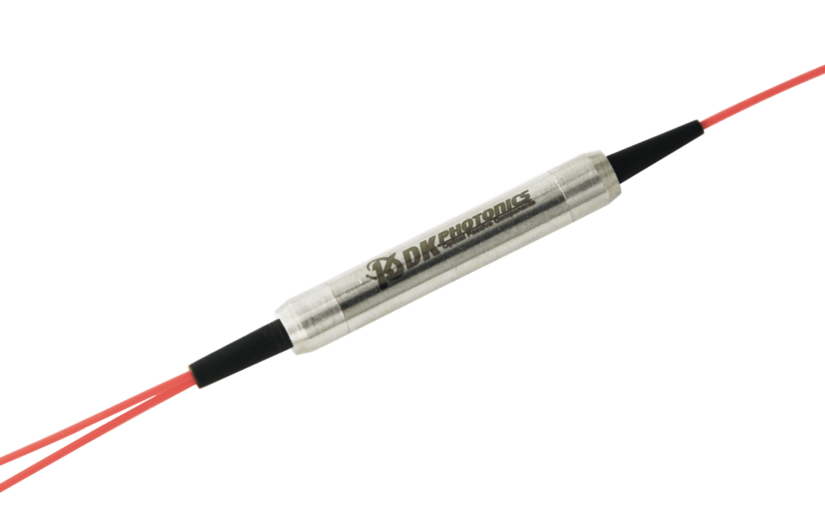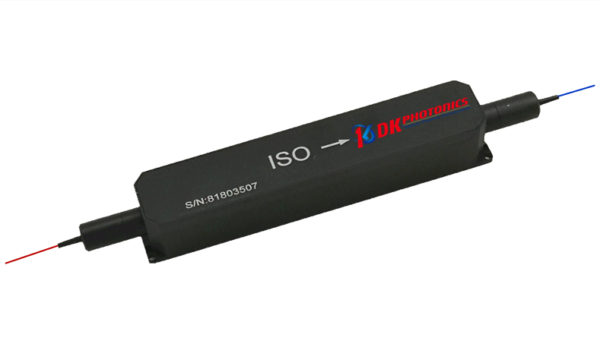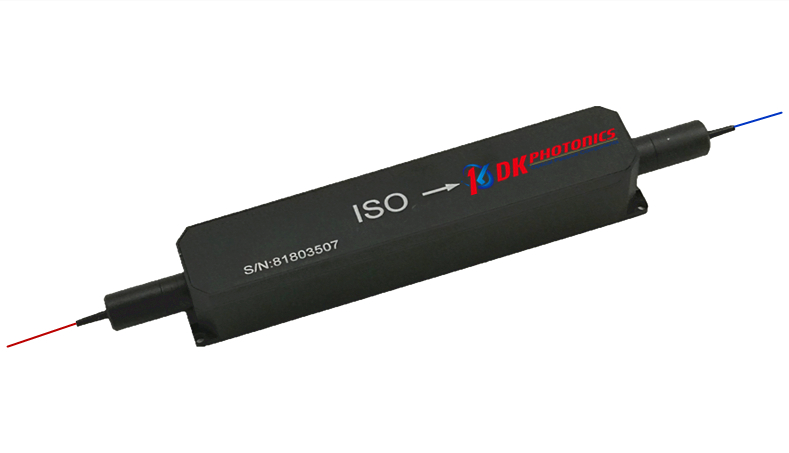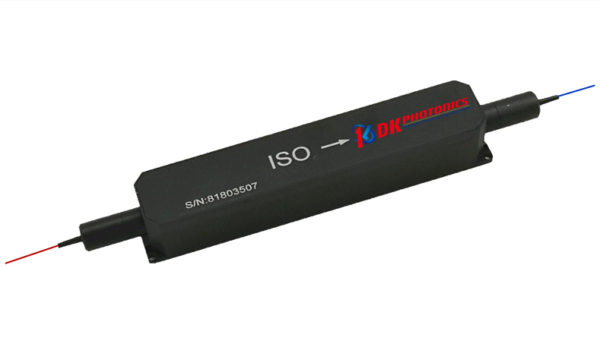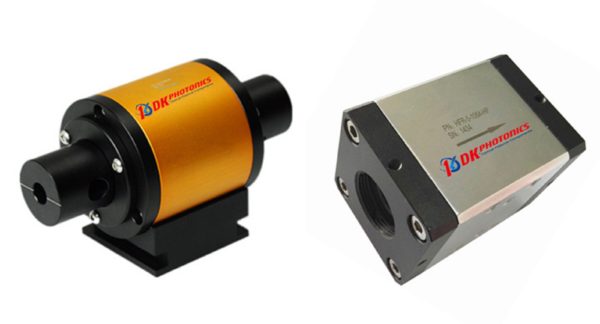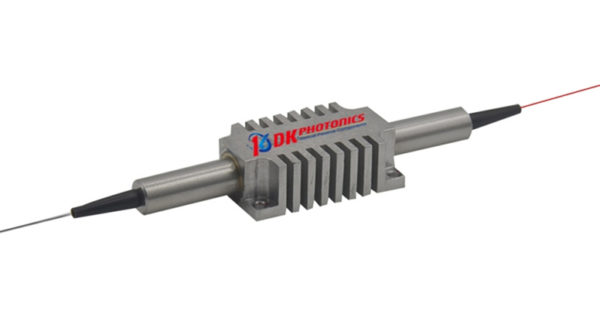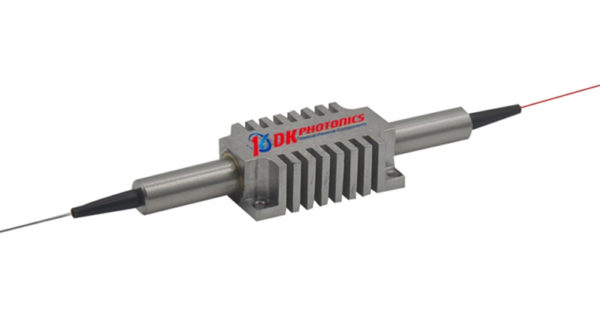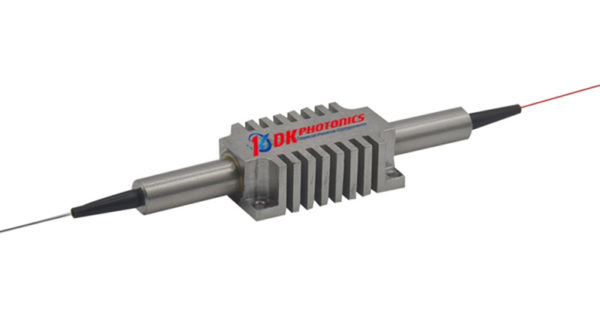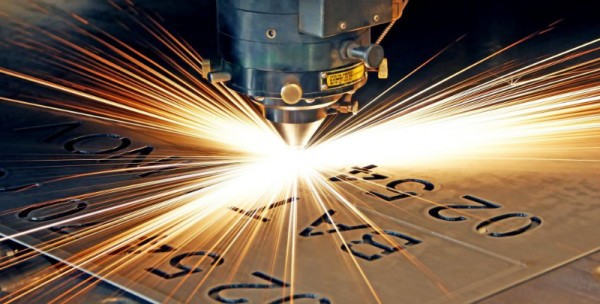Introduce the concept of bandpass filters and their crucial role in various industries that require precise light control. Highlight the specific importance and applications of the 1064nm bandpass filter.
Understanding the 1064nm Bandpass Filter:
- Definition: Explain what a bandpass filter is and its function in allowing a specific range of wavelengths (in this case, 1064nm) to pass through while blocking others.
- Properties: Detail the unique properties of the 1064nm wavelength and why it’s pivotal in certain applications (e.g., laser systems, telecommunications, spectroscopy).
Applications in Diverse Industries:
- Laser Technology: Discuss how 1064nm bandpass filters play a critical role in laser systems, especially in medical, military, and industrial laser applications.
- Telecommunications: Explore how these filters enhance signal clarity and efficiency in fiber optic communication systems.
- Scientific Research: Highlight the use of 1064nm filters in spectroscopy, microscopy, and other scientific endeavors for precise analysis and observation.
Advancements and Innovations:
- Technological Evolution: Discuss recent advancements in 1064nm bandpass filter technology, such as improved manufacturing techniques or innovative materials.
- Customization and Tailored Solutions: Touch upon how these filters can be customized to suit specific industry needs or unique applications.
Benefits and Challenges:
- Precision and Clarity: Highlight the benefits of using 1064nm bandpass filters in terms of achieving precision and clarity in light transmission.
- Challenges and Limitations: Address any challenges or limitations associated with these filters, such as manufacturing complexities or limitations in extreme environments.
Future Outlook:
- Emerging Trends: Discuss potential future trends and developments in bandpass filter technology, including the role of 1064nm filters in upcoming industries or cutting-edge applications.
- Research and Innovation: Highlight ongoing research efforts or anticipated breakthroughs in this field.
Conclusion:
Summarize the significance of 1064nm bandpass filters in various industries, reiterating their role in enabling precision, clarity, and technological advancements. Encourage further exploration and research into this vital component of light manipulation technology.
